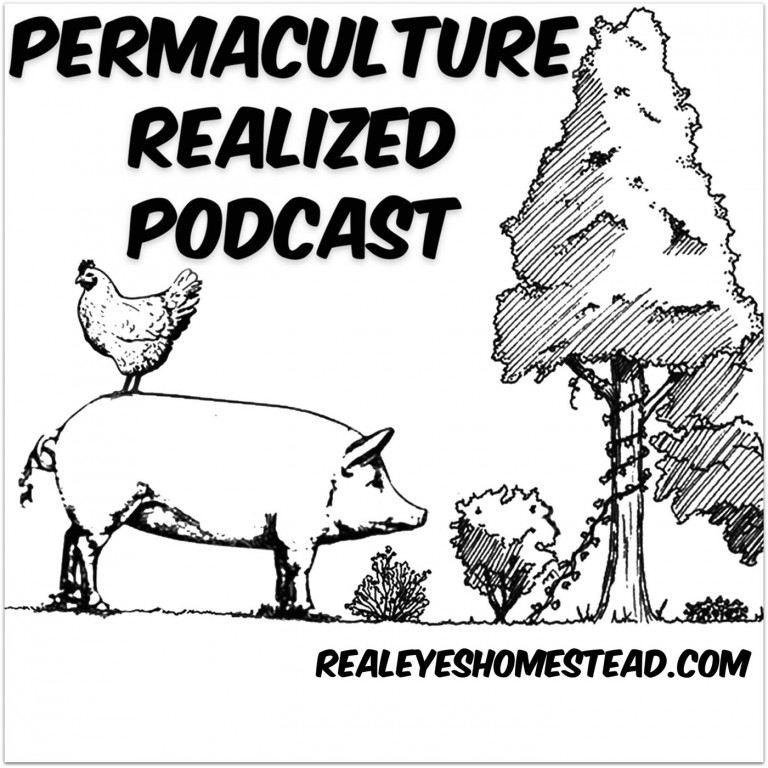The brain has always been something that amazes me, and I don’t think I am the only one that feels this way. It really is an amazing organ. I like to think about it like a miniature universe (this also means that I like to think about the universe as a huge brain). While in college, being a chemistry major, I learned a lot about energy. It really opened up my mind to think and be amazed about how everything is energy! Our very thoughts in our brain are the result of electrical impulses or energy.
How do nerve cells communicate?
Michael J. Mufson, M.D., a psychiatrist at Brigham and Women’s Hospital of Harvard Medical School and an assistant professor of psychiatry at Harvard Medical School. Simplifies it like this:
- An electrical signal travels down the axon.
- Chemical neurotransmitter molecules are released into the synapse.
- The neurotransmitter molecules bind to receptor sites on the releasing neuron and the second neuron.
- The signal is picked up by the second neuron and is either passed along or halted.
- The signal is also picked up by the first neuron, causing reuptake, the process by which the cell that released the neurotransmitter takes back some of the remaining molecules.

How is neuron communication related to nutrition?
Nutrition is related to neuron communication and brain health in endless ways because we are what we absorb. Our body works with what we put in to fuel it. All of our cells, including brain cells, are made from what we ingest. Everything going on in the body is happening by using the building blocks we absorb. But let’s talk about a specific aspect to get a concrete feel of how nutrition is involved with brain cell communication and function. Let’s talk about myelin.
What is Myelin?
Myelin is an electrical insulator. It covers the outside of the axon of nerve cells; this covering is called the myelin sheath. Myelin increases the speed at which electrical impulses travel. It allows impulses to hop instead of moving continuously as waves as they do in unmyelinated fibers.1 Myelin also is important as it helps prevent the electrical current from leaving the axon.1 From this you can imagine the necessity of healthy myelin for a well performing brain.
Composition of Myelin
Myelin is rich in proteins (chains of amino acids) and lipids (fatty acids). It is mostly made up of fatty acids, about 70-80%.2,3 Actually, 60% of the solid weight of your total brain is fat and about 80% water. Therefore, it is very important, for optimal brain cell communication, to incorporate a healthy balance of fats into your diet.
A good rule of thumb is to have about 30% of your daily calorie intake come from good quality fats. A balance of all fats is important including omegas 3, 6, 9 and saturated fats. A good source of omega 3 fatty acids, as many of you probably already know, is fish. Many nuts and seeds are rich in omegas 3, 6, and 9, make sure you soak your nuts and seeds. Good sources of saturated fats include cold pressed coconut oil, grass fed butter, and other animal fats from pasture raised, grass fed animals.
The remainder of myelin composition is protein, proteins are chains of amino acids.2,3 Amino acids are not only important for myelin composition and function but also for neurotransmitter production and balance. A diet rich in good quality, easily absorbed protein is vital for a healthy brain!
Good sources of proteins include naturally raised animals, like pasture raised chicken & grass fed beef, raw whole dairy products from grass fed animals including cows and goats, wild caught seafood, and properly prepared soaked and sprouted nuts, seeds, and legumes.
If you are interested in learning more about how nutrition is related to brain function, and would like information on natural and holistic techniques for mood enhancement, check out our mood course “A Calm Mind”.
References:
(1) http://www.ncbi.nlm.nih.gov/books/NBK27954/
(2) http://www.news-medical.net/health/What-is-Myelin.aspx
(3) http://en.wikipedia.org/wiki/Myelin#Function_of_myelin_layer
Photo refereces:
(1) Mark Miller, Brandeis University; Virgo Consortium for Cosmological Supercomputer Simulations; www.visulacomplexity.com; The New York Times.
(2) https://www.ohiohealth.com/Diseases-and-conditions/Nervous-system/Slide-show–How-your-brain-works/





